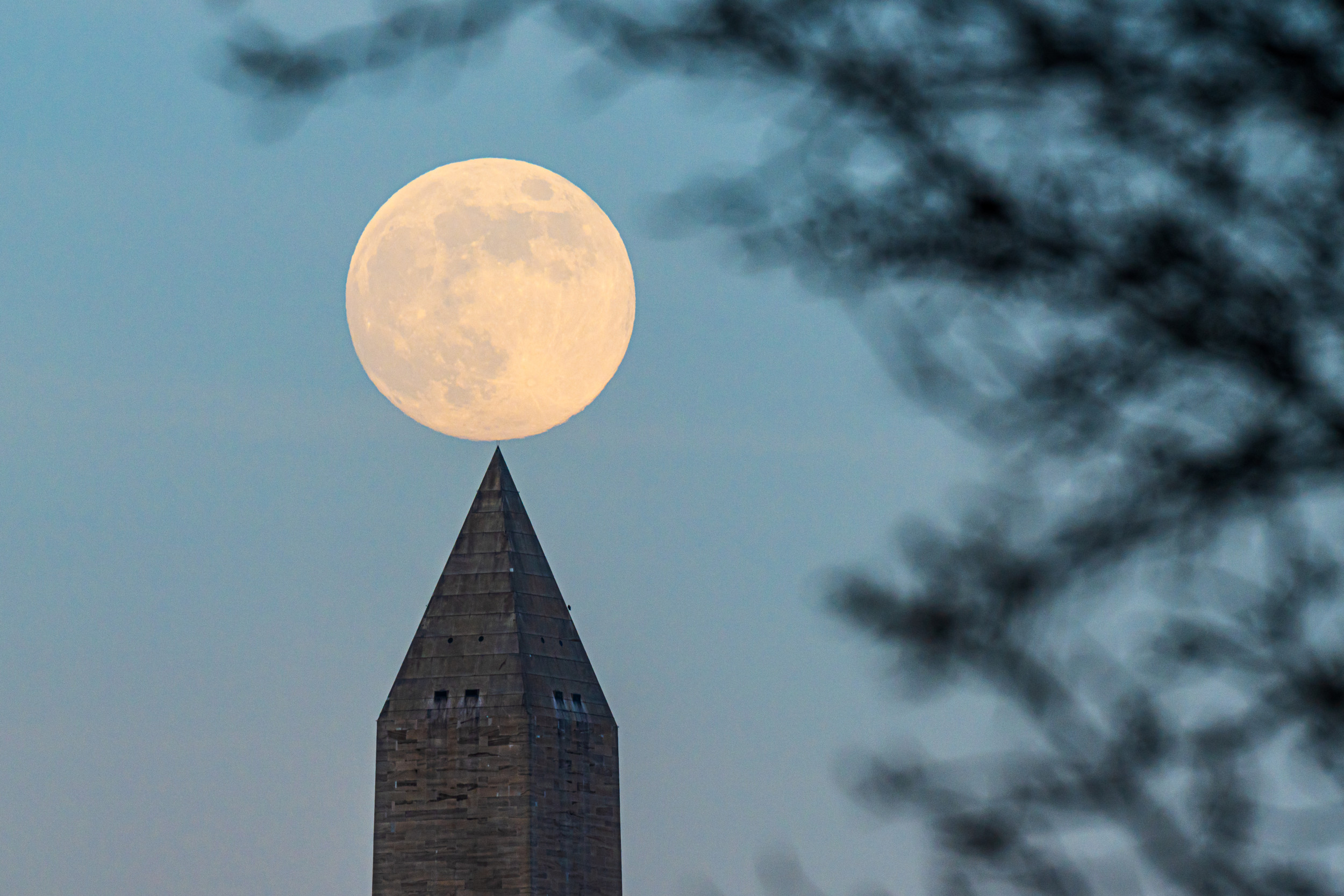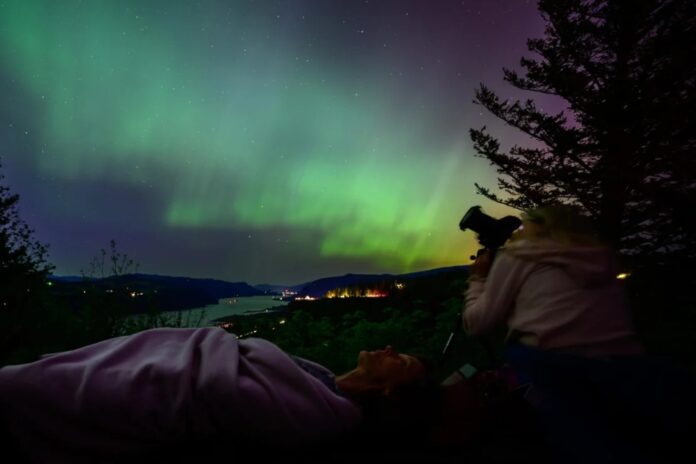2025 promises a feast of the celestial kind for skywatchers: breathtaking lunar and solar eclipses, dazzling meteor showers, and the steady glow of full moons. If you get all pumped up every time you see the stars and planets, here is everything you need to look out for in 2025.
Full Moons to Light Up Each Month
Each month in 2025 will see a full moon appear in the night sky, named for seasonal or cultural traditions. January’s “Wolf Moon,” June’s “Strawberry Moon,” and October’s “Harvest Moon” are among the highlights. Catch these lunar spectacles if the weather allows.
Eclipses: A Dance of Shadows
The year 2025 promises to be special for eclipse fans: two partial solar eclipses and two total lunar eclipses.
March 29 Partial Solar Eclipse: The moon will partially obscure the sun, creating a striking crescent effect, and will be visible across parts of Europe, Asia, Africa, and the Americas.
September 21 Partial Solar Eclipse: Best viewed from Australia, Antarctica, and nearby Pacific islands.

The total lunar eclipses, popularly known as “blood moons” because of their reddish hues, will occur on:
March 13-14: Visible across the globe from North and South America, parts of Europe, Asia, and Africa.
September 7-8: Another globally spectacular display for European stargazers all the way to Antarctica.
Meteor Showers: Fireworks in the Sky
The year 2025 is a great one for meteor shower observers, as many of them occur in very dark skies. Some to look out for are:
Quadrantids-January 3: A great opening day.
Perseids-August 12-13: One of the big ones.
Geminids (December 12-13): A spectacular end to the year.
Other notable showers include the Lyrids in April and the Orionids in October.
Read More: How To Watch A Solar Eclipse Safely Using Your Smartphone
Auroras and Planetary Alignments
With the sun at its solar maximum, colourful auroras may surprise observers, even appearing beyond polar regions. Also, planets like Venus, Mars, and Jupiter will make prominent appearances, along with occasional glimpses of the International Space Station.

From glowing full moons to dramatic eclipses and meteor showers streaking across the sky, this year offers something for every astronomy enthusiast. Grab your binoculars, plan trips to dark-sky areas, and prepare for unforgettable nights under the stars.
Stay tuned to Brandsynario for latest news and updates.









































